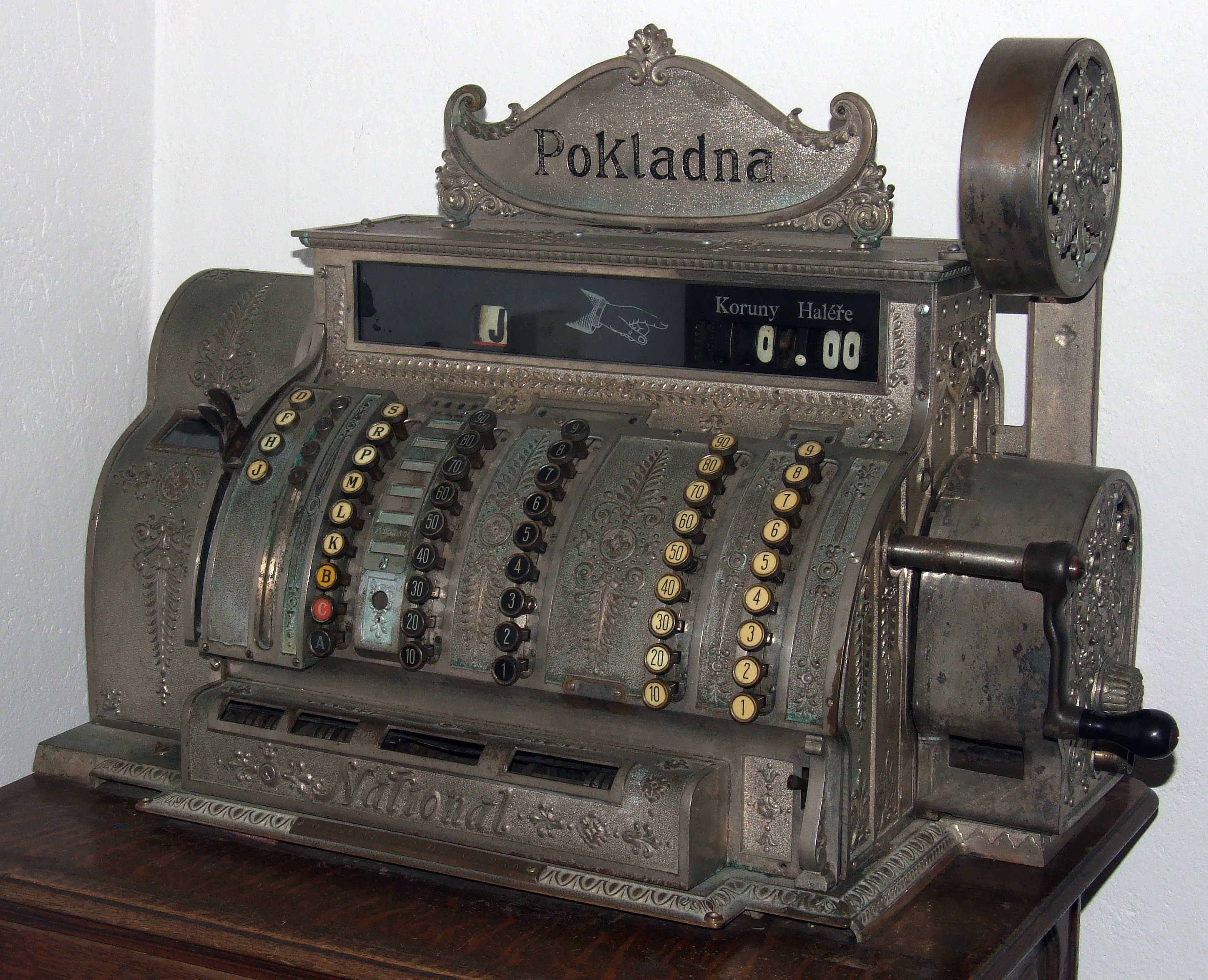
It costs little to produce. It doesn’t run out of batteries. It doesn’t suffer from glare. If you sit on it it doesn’t break. Writing in it has dignity. There are no distracting notifications. It has been tested and refined over a thousand years. It might be waterproof, acid free, glow in the dark, or even be impregnated with diagnostic chemical tests. Need to start a fire? You can burn it. You’ll adjust its size with scissors or personalise it with your own decorations. You’ll lovingly work in it and then put in an archive for thirty years. Those new spectacles you bought in the mean time will be perfectly backwards compatible. Who in their right mind would want to throw out such a marvel of human inginuity?
Even Danny in the comfort of his 4wd used a field book for note taking. Yes, Danny would benefit from automated time collection, help with location, and maybe tapping on an electronic counter, but I would bet that the paper field notepad will still be there, even in the best possible platform to pile on gadgetry, because it is a stable backup. What does this say about mobile gadgetry?
Maybe a mobile application could augment the capacity of a paper form instead of replacing it.
 The barcode is a digital augmentation of paper used to identify it and the thing it is placed on
The barcode is a digital augmentation of paper used to identify it and the thing it is placed on
“A time without barcodes is hard to imagine now. But it wasn’t that long ago… It starts with an engineer named Joseph Woodland. In 1948 Woodland was trying to come up with simple symbol that, when scanned, would translate to a number that a computer could use to identify a product.” Mingle, K Barcodes, Ep. 108, 99% invisible, 04.01.14.
So you scan a notebook page barcode with a mobile device
There are two possible ways this could go, the mobile device may deliver content to the person writing on the paper, or collect the information that they put on the paper.
There is a compromise between flexibility and structure in the design of a notebook. A blank page could have an infinite variety of tables and boxes and shapes drawn on it, but human variation in the design of these elements is difficult for image recognition to compute. The stencil lies somewhere in between rigid structure and blank chaos. It may augment the paper when it is necessary and be removed when it is not.
A photograph of the notepad is stored on the mobile device. It scans the barcode so that the project, site, survey, method, and observer are linked to these observations. The handwriting is run through an optical character recognition process so that text can be digitally stored, searched, and analysed. The device may also store location, time, and estimate observation effort metrics automatically if the ecologist is able to bring it into the field. If the ecologist can’t use an electronic device at the time, for aforementioned reasons, they only need to take a photograph and eventually get into a wifi or mobile connection to enter it.
Scanning a barcode is also an opportunity for feedback from a system to the field ecologist.
 The checkout bleep and display screen presented to shopping customers is an example of a feedback mechanism
The checkout bleep and display screen presented to shopping customers is an example of a feedback mechanism
At the very least the feedback on a notebook would show the project, site, survey, method and observer information that is encoded in the barcode. This shows the ecologist that they have scanned the right page. Feedback may also show the ecologist a rank table of observation effort to encourage effort through social comparison, give an immediate reward for submitting data, or show progression towards the completion of the larger project goal.
Printing and distributing augmented field notebooks is an expense. This could be born directly by the taxpayer and either contracted or in-housed by government. In house would require a government run print shop and directly compete with private industry. Contracting would be a constant administrative burden. Neither direct financing option easily addresses the need to innovate and grow.
Maybe the best way to pay for the printing and distribution of augmented field notebooks would be to provide incentives to notebook producers who design these elements into their products. It could be that notebooks produced in compliance with the ecological data collection stencil design principles are subject to less tariffs or subject to tax credits. This would encourage large scale distribution of the standard. It could be that each valid record entered in a mobile colleciton system is associated to the manufacturer and/or distributor and that they are given a tax credit. This would encourage designers to come up with interesting ways to convert notebook users into citizen scientists.